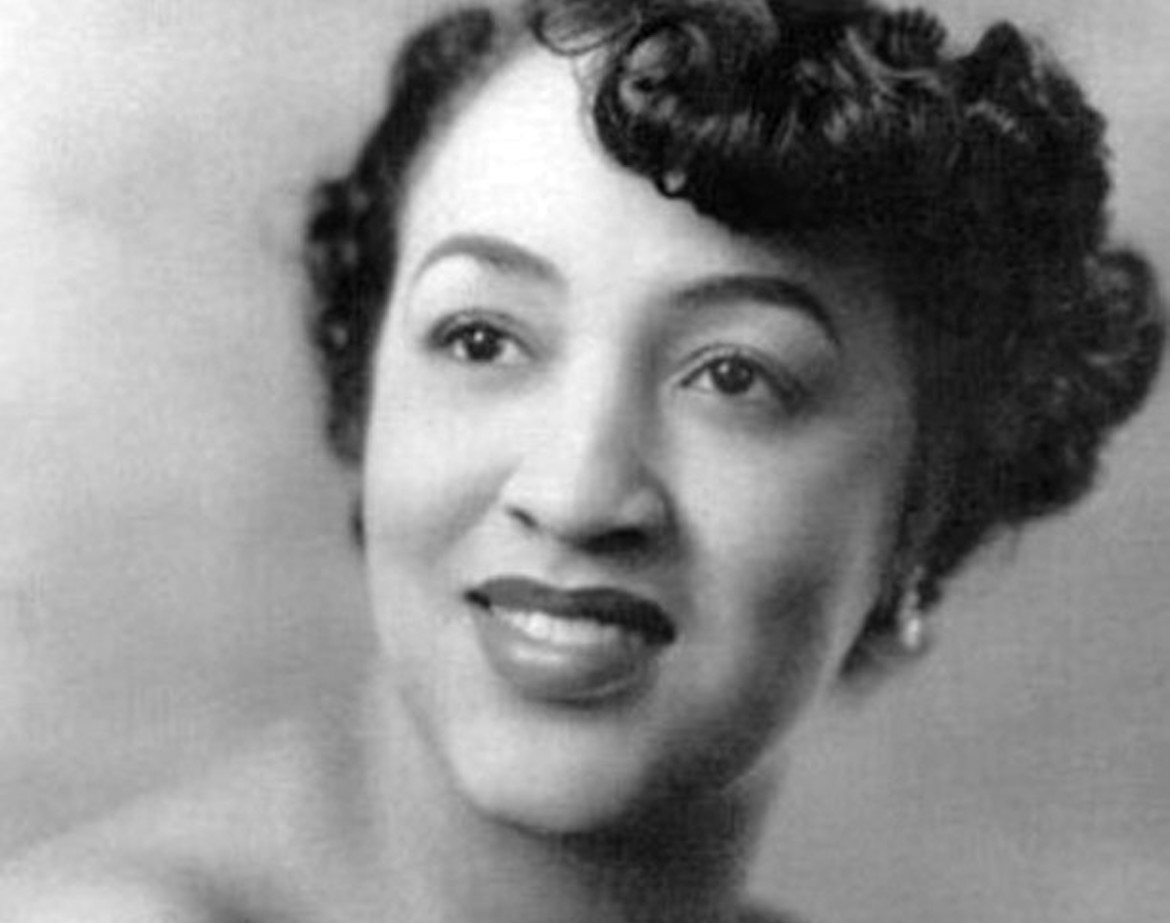

Born in a family of inventors, Kenner began creating at the age of six and patented many inventions in her life. She graduated from Dunbar’s high school in 1931, then attended Howard University but was unable to complete her education due to financial difficulties, so she held many odd jobs. In 1941, she became a federal employee. In 1950, she became a professional florist and ran her flower store in Washington DC until the 1970s, while inventing things in her spare time.
In 1920, she invented a sanitary belt for women’s periods, a taboo subject at the time. She improved it over the years, adding a piece of moisture-resistant fabric, the ancestor of today’s sanitary pad, and was finally able to afford to buy a patent for it in 1957. However, it took 30 years before her invention could be used. The Sonn-Nap-Pack company first expressed interest in her invention, but rejected her after finding out that she was an African-American woman.
Between 1956 and 1987, Kenner received five patents for her household and personal designs. Most of them were inspired by her sister who had multiple sclerosis.
In 1976, she patented an attachment for a walker or wheelchair that included a hard surface tray and a soft pouch for carrying items. She and her sister invented a toilet paper holder, which they patented in 1982. In 1987, she patented a mounted back washer and massager that could be mounted on the shower or bathtub wall.
Though she never received any awards or formal recognition for her work, she revolutionized menstrual products, and her inventions and contributions helped pave the way for later innovations.
@ Adama Toulon - Julie Henry Poutrel
© Photo: Avillarraso - CC-BY-SA-4.0

